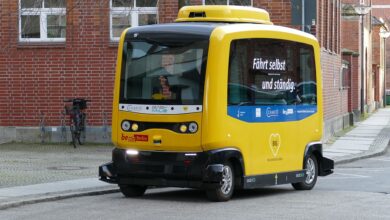
Innovating for Inclusivity: How New Technologies Are Breaking Down Barriers
**Voice Recognition Software: Bridging Communication Gaps**
One of the most significant strides in making technology accessible is the advancement of voice recognition software. This technology has revolutionized the way individuals with physical disabilities, such as those unable to use conventional input devices, interact with digital platforms. By transforming speech into text or commands, voice recognition systems enable a broader range of users to operate smartphones, computers, and smart home devices, thereby facilitating an independent lifestyle. Despite its advantages, this technology faces challenges in accurately recognizing diverse accents and speech impediments, emphasizing the need for ongoing refinement.
**Augmented Reality (AR) and Learning Disabilities**
Augmented Reality (AR) has emerged as a powerful tool in educational contexts, especially for individuals with learning disabilities. By overlaying digital information onto the real world, AR can create interactive learning experiences tailored to diverse needs. For example, AR applications can transform text into 3D visualizations for students with dyslexia, making reading and comprehension more accessible. Additionally, AR can simulate real-life scenarios for individuals with Autism Spectrum Disorder (ASD), aiding in the development of social and cognitive skills. However, the cost of AR technology and the digital divide pose significant challenges, potentially limiting access for those who could benefit most.
**Wearable Technology: A Step Toward Independence**
Wearable technology has shown promising developments in promoting inclusivity among people with visual impairments. Devices such as smart glasses equipped with cameras and AI algorithms can identify and verbally describe objects, text, and even people’s faces to the user. This innovation not only aids in day-to-day navigation but also enhances social interactions, contributing to a sense of independence. The primary challenge here lies in ensuring these technologies are affordable and user-friendly, to truly democratize access.
**The Double-Edged Sword: Ethical Considerations and Cybersecurity**
While the benefits of these inclusive technologies are vast, they are not without their disadvantages. Ethical considerations, particularly regarding data privacy and the potential for surveillance, raise important questions. Additionally, as these technologies become more integrated into personal and educational environments, cybersecurity emerges as a crucial concern. Protecting sensitive user information from cyber threats is paramount to fostering trust and ensuring the safe adoption of these innovations.
**Looking Ahead: The Future of Inclusive Technology**
In conclusion, the landscape of technology is evolving with a greater emphasis on inclusivity, striving to ensure that advancements benefit everyone, regardless of their abilities or background. The examples discussed here represent just the tip of the iceberg. As we look to the future, it is essential that developers, policymakers, and communities continue to collaborate, driving innovations that are not only technologically advanced but also accessible and ethical. Embracing this challenge will enable us to harness the full potential of technology to create a more inclusive society.




